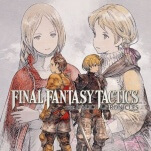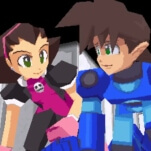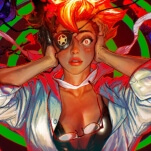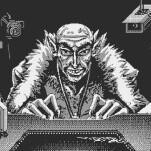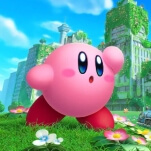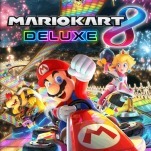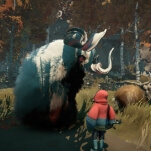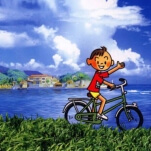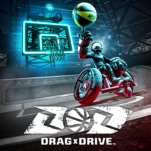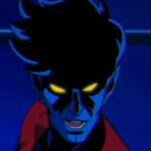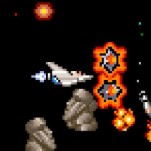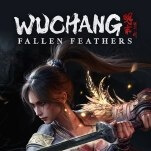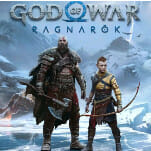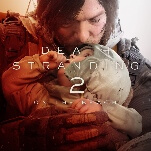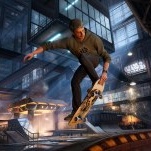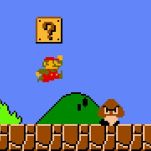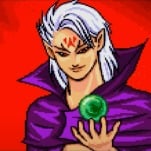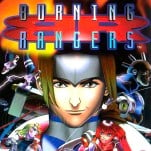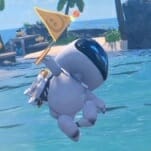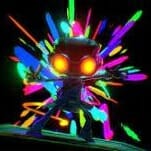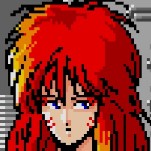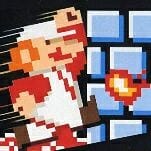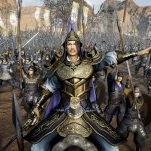The 7 Best Games to Play in Laundromats When It’s Dad’s Custody Weekend
Main image via Pixabay
I couldn’t exactly tell you when my parents divorced. I know why, but the timeline is hazy. I was young. Maybe three? Suffice to say, before the ‘90s happened, I had two dads, and not in the much later fun storybook gay sense, or Paul Reiser and Greg Evigan taking care of Staci Keanan because Chicago family court judge Florence Stanley saddled them with a teen girl and they all lived above former Bears linebacker Dick Butkus’s diner???
Look, it was a weird time. And despite divorces bottoming out after the spike in the 1970s, the only people I knew whose parents stayed together through the ‘80s divorced the INSTANT their kids graduated high school. More often than not, we lived with our moms and their often insufferable boyfriends, the stepfathers we maintained uneasy peaces with, or some who we even had nurturing relationships with. Some kids took it well, some didn’t. One of my best friend’s burst into tears about his mom not wanting him on Halloween, dressed in a miniature version of a movie perfect Freddie Krueger costume. Another classmate became a vicious biter and the divorce was to blame. I ran away a lot.
Our access to parents was divided up by weeks or seasons. Most commonly it was a weekend thing. Two weekends a month you’d be hanging with your dad, because that’s what the courts said. It threw off your sleepovers and epic hangs, but you made the most of it.
Most of the time was spent going to see movies your mom wouldn’t want to, or day trips to civil war battlefields, civil war museums, or, if it was a special weekend, The Smithsonian Air & Space Museum. Sometimes you built model tanks and airplanes from WWII—you know, Real Dad Shit. But it was the trips to the laundromat that we’re interested in today.
Divorced dads did laundry with ziplock bags of quarters. And the good laundromats either had videogames themselves, or dark, smoky arcades right next door. The perfect capstone to a weekend with your father was milking him for change to play videogames while he read another goddamn book about Verdun on an uncomfortable bench.
I miss those days, almost as much as I miss real proper arcades. There’s something about poorly maintained arcade cabinets in an environment known for heat and humidity, and the gamble of which arcade cabinet they brought in this week.
7. Centipede (1981)

The trackball was king. I could always count on Dona Bailey and Ed Logg’s classic Atari cabinet making an appearance no matter which laundromat my father took me to. Did the trackball make it better? Probably not. It had a sluggish response that made it feel a lot like operating the “Pinpoint Barrier System” on the SDF-1.

But I loved shooting that centipede. Whittling away at little glyphs of mushrooms so it couldn’t hide it’s red-eyed green-segmented body from my darts. Frantically two-palming the ball and shouting.
They used to pull out a step stool for me to reach it.
6. Legendary Wings (1986)

The US arcade cabinet for Legendary Wings was the kind of thing that will end up in an undergraduate essay about Homoerotic Imagery in Mass Media. These big strapping lads with meaty thighs, powerful glutes, and clean-cut 1950s lad haircuts. They look like they belong in a Flash Gordon comic. And of course they’re flying into a giant open-mouthed monster, with 1950s sci-fi ray guns, skin tight color-coded briefs, and angel wings.
What?
The game switched from a top-down scroller to a side-scroller when you made it to the end of the level and had to approach the boss on foot. It was the coolest thing. Like being rewarded for kicking ass at the game with a second, different game.
And the queen of Taito’s Ray series, Tamayo Kawamoto, gave it a soundtrack that absolutely slapped.
5. Out Run (1986)

It was better when you had the racer seat cabinet, but the secret to Out Run is that it’s always still Out Run. Few racers manage to encapsulate the 1980s as well as being a douchebag in a sports car, driving too fast, and recklessly flinging you and your girlfriend into the dirt at 85mph when you flip your car…only to start over again right where you left off!
It was faster than a lot of other racing games at the time, and with branching paths and scenery changes, it communicated space in a way that other games weren’t yet trying. It was a simple racing game that would hint at the design interests Yu Suzuki would pursue much later as hardware and budgets caught up with his ideas. And that energetic city pop inspired soundtrack by Hiroshi Kawaguchi is to die for.
-

-

-

-

-

-

-

-

-

-

-

-

-

-

-

-

-

-

-

-

-

-

-

-

-

-

-

-

-

-

-

-

-

-

-

-

-

-

-

-








